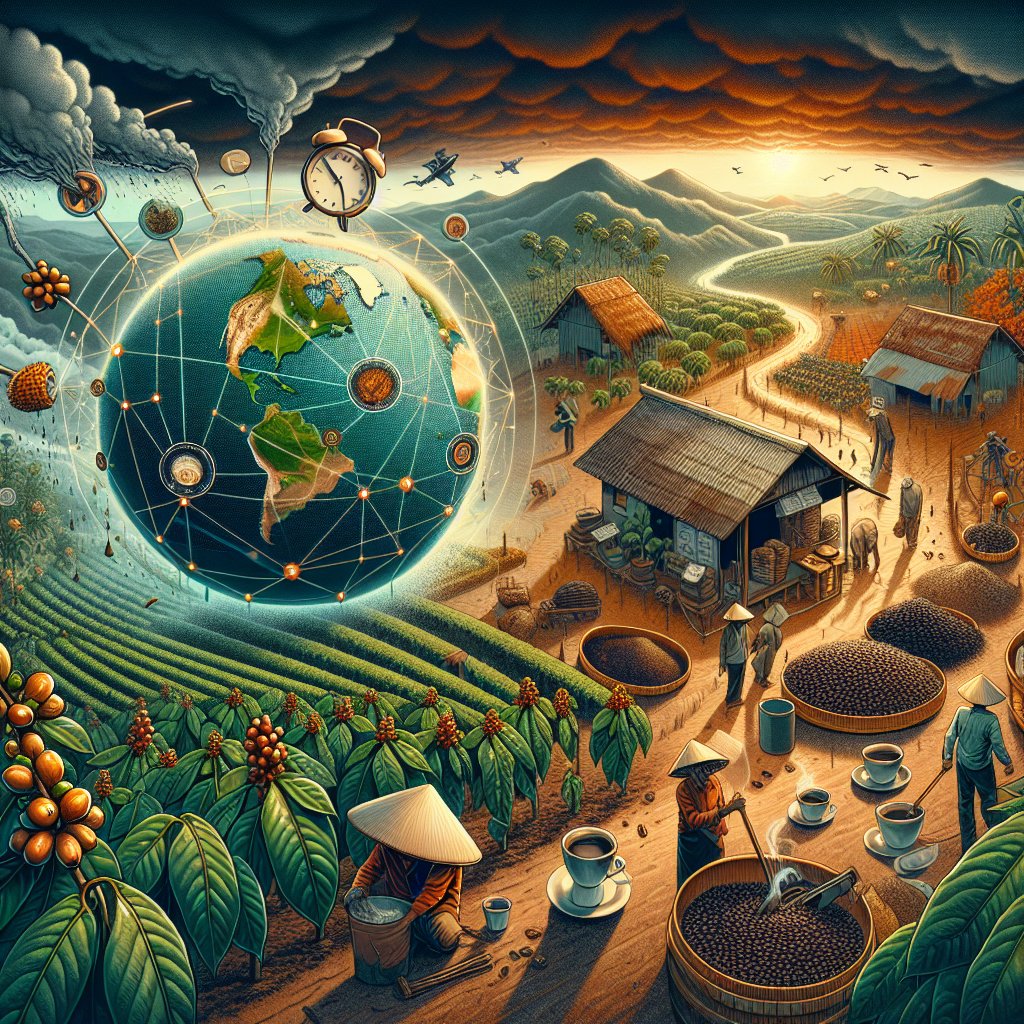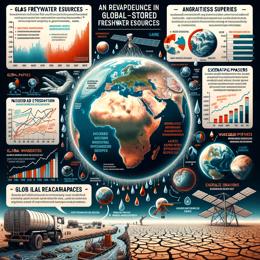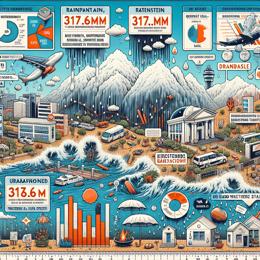Content created by AI
Climate Change: Brewing a Bitter Future for Coffee Aficionados
For java enthusiasts around the world, the impact of climate change is being felt one cup at a time. The consequence? Bitter brews and exorbitant prices, hitting both taste and pocketbooks. As global warming parches and unsettles the principal coffee-growing regions of the planet, the beloved aromatic beverage is entering a phase fraught with uncertainty and transformation.
The topological variety is undergoing an involuntary shift as increasingly erratic weather patterns wreak havoc on traditional crops. Vietnam—a leading robusta producer—is sounding the alarm, foreshadowing a substantial shake-up in the coffee landscape.
In Dak Lak province, located within the milieu of Vietnam's Central Highlands, Tran Thi Lien and her one-hectare farm are a witness to the perturbed climate's toll on coffee growing. Fluctuating periods of drought and deluge have forced famers like Lien to adapt or abandon their coffee crops for more climate-resilient alternatives like black pepper and durian. Such changes in crop-choice reflect both necessity and foresight, as robusta prices have scaled to record highs since 2008, yet projections suggest an ominous dip in future yields.
Beyond the individual farmers, the global coffee industry—which encompasses a network from places like Brazil and Indonesia to market giants like Nestlé—is acutely aware of the tensions ahead. The preference for the milder arabica by chains like Starbucks could face a challenge as a 2022 study revealed that arabica coffee is highly vulnerable to climate stress, predicting a contraction in suitable growing areas due to heat.
Acknowledging the looming crisis, companies like Nestlé, which manages renowned brands Nespresso and Nescafé and relies heavily on robusta, are proactively investing in sustainable farming initiatives. These efforts are aimed at bolstering the resilience of coffee farms against extreme weather. Partnerships with growers are pivotal, as are the endeavors to gradually introduce varietals that can weather the tempest of climate change.
Research entities like World Coffee Research are conducting vital studies, warning of a future where even robusta might struggle under the spectrum of higher temperatures. With coffee production intricacies tied to the livelihoods of millions of smallholder farmers, the industry is contemplating significant socioeconomic implications.
Vietnam, constituting a mosaic of such small-scale farmers, has already endured the brunt of irregular rainfall and water scarcity, especially in regions such as the Central Highlands. Understanding and adapting to these shifts is no longer optional but a requisite for survival and continued productivity.
Farmers like Lien, who have diversified and adopted more eco-friendly agricultural methods, are observing some benefits such as increased yields and reduced labor. The imperative to shift toward sustainable farming practices, despite any initial resilience, is clear and presents a ray of hope.
As we navigate this era of change, with its complex intersection of climate, agriculture, and economics, the structure of the coffee industry hangs in the balance. Coffee lovers may not only need to prepare for a metamorphosis in the flavor of their morning brews but also witness the adaptation of an age-old cultivation practice to the pressing demands of a warming world.










